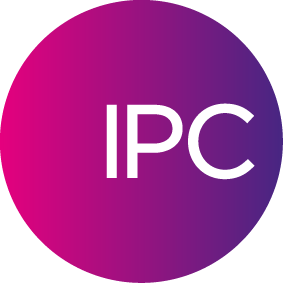In 2010, five young men went on the hit UK television program, the X-Factor, to compete as solo performers. After failing individually, they were put together as a band to compete in the “groups” category and were forced to join and work together as a team, where they have perfected this collaboration to become currently the biggest and most successful musical group in the world – “One Direction”.
Ok, so let me first apologize for even bringing up “One Direction”, in this blog. Secondly, though, the band’s evolution did seem to be a parallel to what has been happening across many trading enterprises wherein activities that were mostly unilateral in the past such as a trade order, execution, analysis, clearing and settlement now require a collaborative and integrated trade strategy. In fact, traditional middle office roles like risk, are becoming integral to daily collaboration with the front office more and more.
But where we can really see movement in collaboration and a point of opportunity is from some of the furthest removed, traditional roles: the trader and IT.
The reality is that IT is becoming more and more constrained by budgets and legacy challenges. IT departments need solutions that not only replace outdated technologies, but advance trading efficiencies and ultimately, bottom lines.
In a recent survey, IPC asked both traders and IT about their existing perceptions of resources, challenges and workflows.
The results are fascinating.
Topline: With all of today’s market and regulatory challenges – while traders still rely on IT for daily workflow tools and processes—they (more than half) don’t believe, by and large that IT fully understands their needs.
For many, this is a typical relationship between two parties who haven’t regularly engaged with each other. However, many firms are trying to change that through regularly scheduled meetings, as even IT admits that they by and large don’t understand the trader’s needs.
The good news is that both IT and traders (88%) see technology as the way out. In fact, 85% of traders believe that tech has increased efficiency.
These are great numbers.
So how can these two historically separated groups turn trading and IT challenges into opportunities that utilize technology to remain competitive?
In reality, while the daily functions of traders and IT officers are different, fundamentally they are aligned on:
- Keeping the business profitable
- Preventing margin and capital from being eaten up by operations
- Staying competitive
Here are a few points of equanimity, and strategies to maximize the above:
- Increasing mobile capabilities: by detaching from hard-lined infrastructure traders can keep trading from anywhere, and IT doesn’t have to spend excess delivery/trading time to get back up and running
- Utilizing real-time analytics: allows compliance to become flagged and patched in before execution
- Implementing open architecture apps: to customize for different traders’ needs and workflows through a platform that allows tailored solutions – created by the end user
- Partnering with a network: for access to liquidity, accurate market data and redundancies
Ultimately, if IT and the front office fail to act as teammates, firms could lose the ability to compete in today’s markets, where traditional roles are evolving and the trade lifecycle is no longer linear. If they do work in One Direction” and together, IT can avoid the heat, and traders can continue to capture capital.

